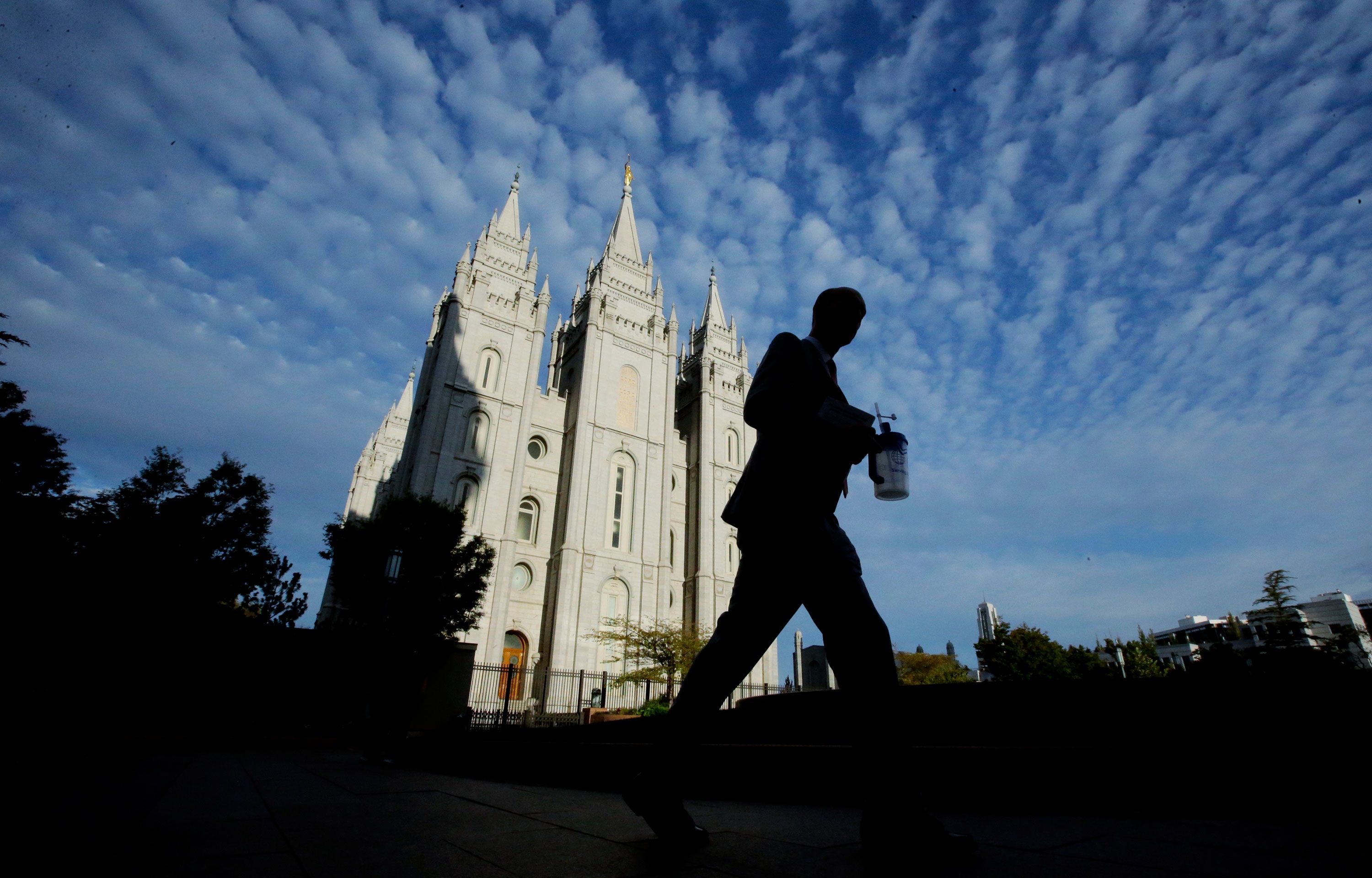The Church of Jesus Christ of Latter-Day Saints which is also referred to as the Mormon Church – has a complicated relationship with race. This article is designed to offer a factual and objective examination of the treatment that was historically given to Black members of the Mormon Church as well as the restrictions on policy that were applied and how the Church has changed to reject old beliefs and practices that are that were deemed racist.
Blacks in Mormonism: A Historical Overview
From 1852 until 1978, from 1852 until 1978, Mormon Church issued a decree preventing blacks from becoming priests. This restriction was based on the interpretations of scripture and racial beliefs of the time. Black individuals were denied certain Church rituals and obligations, resulting in a segregated Mormon community. The discrimination wasn’t limited to Mormonism. It reflected the widespread racial prejudices that existed in American society at that time.
Mormon Black Peoples, the 1978 Revelation
In 1978, Spencer W. Kimball received a revelation in 1978 that Mormons believe is divine in regard to the exclusion from the priesthood of Black people. This revelation is believed to be an important moment that ended a rule that had been in effect for more than 100 years. The Church of Jesus Christ of Latter-Day Saints has declared that Black people can now claim the priesthood, and fully participate in all aspects of their church.

The Church’s current position rejects racist notions, striving for unity and welcoming all individuals regardless of race, gender, or background to embrace the Gospel of Jesus Christ. The current doctrine affirms that everyone is equal and emphasizes God’s acceptance of anyone, regardless of race or gender, status in society or any other factor.
Joseph Smith’s Fair Treatment of Black Individuals
Despite the racial prejudices prevalent in the time, the Mormon Church’s founder, Joseph Smith, demonstrated an exemplary level of fairness to Black individuals. Joseph Smith may have ordained Black men to the Priesthood during his lifetime, as per historical records. This was in line with Smith’s teachings about equality and inclusion within the Church. However, the subsequent leaders have implemented policies that barred Priests of African descent from becoming priests which reflected the changing attitudes toward race in the mid-19th-century.
Racism: Addressing it and advancing towards unity
The Church of Jesus Christ of Latter-Day Saints is taking significant steps in modern times to tackle racism and create unity within its members. The Church’s leadership has issued statements which denounce the previous racial beliefs and practices. They stress that racism, in any form, is a violation of the doctrines and core doctrines the Church.
The Church is actively promoting the values of love, understanding and acceptance among its diverse members, affirming the value and worth of every individual. Efforts are made to educate members on the importance of inclusivity, cultural sensitivity, and the denial of prejudiced beliefs. For more information, click Mormons and Black People
Conclusion
Understanding the Church of Jesus Christ of Latter-Day Saints’ evolution in handling racial discrimination and the past of Blacks within Mormonism is essential to promote the unity and equality. The policy that prohibited Blacks from priesthood ordination for more than 100 years marks a difficult section of the Church’s history. In 1978, the disclosures concerning this policy were an end of the road, signalling an openness to all.
The current policy of the Mormon Church is to reject discrimination, promote equality, and promote love and acceptability within its members. Through addressing the historical prejudices in the face of race, and implementing steps to move forward, the Mormon Church is moving forward towards mutual understanding and unity.